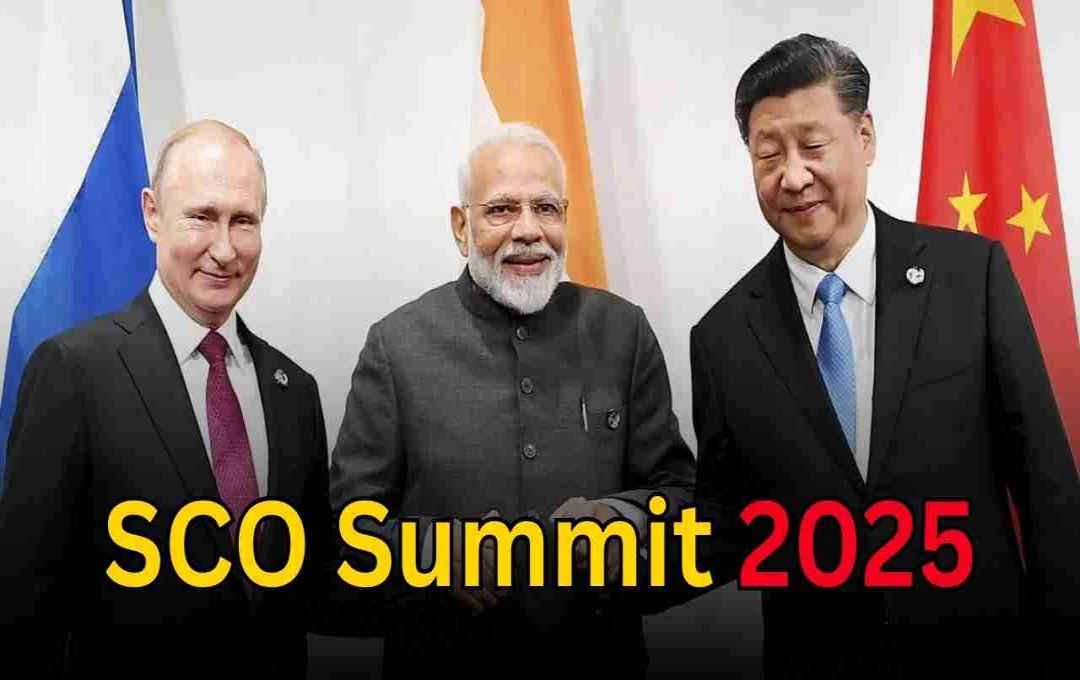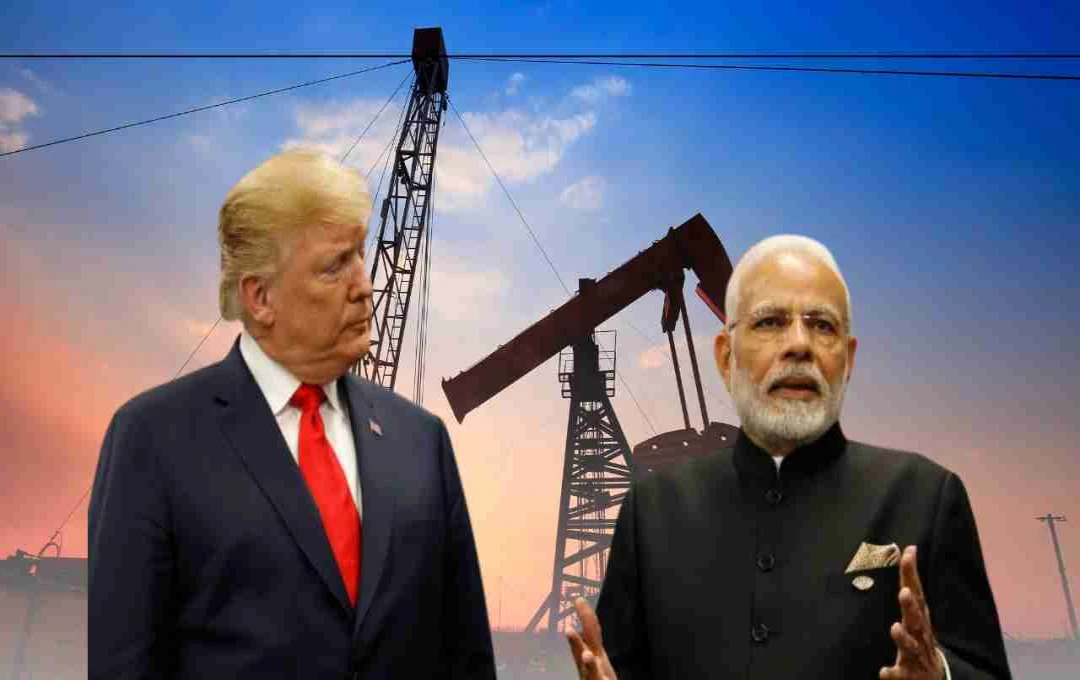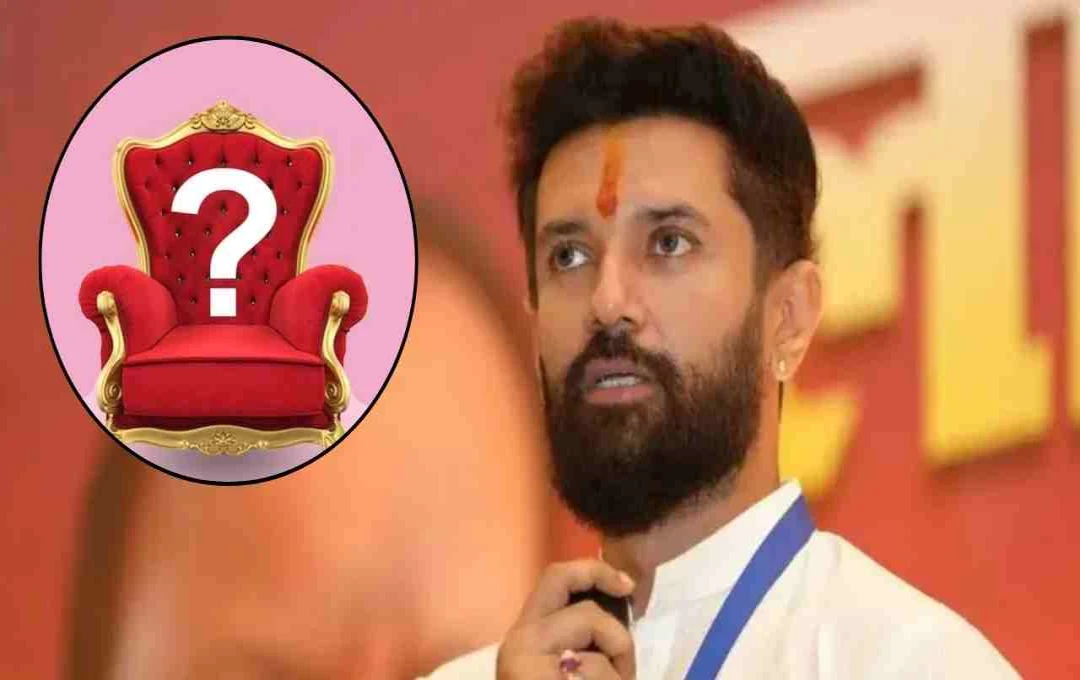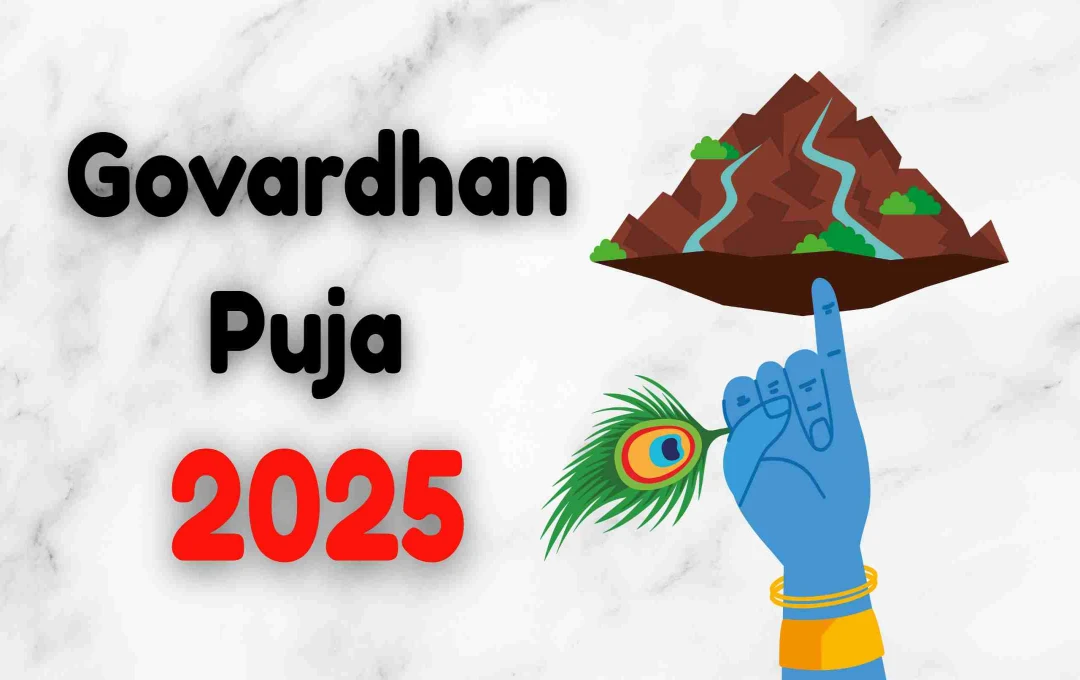At the SCO Summit, India, China, and Russia displayed solidarity on economic and strategic fronts amidst US tariff pressures. The combined GDP of the three nations stands at $53.9 trillion, with foreign reserves totaling $4.7 trillion and a population of 3.1 billion. Experts believe this alliance could challenge American dominance.
SCO Summit 2025: At the SCO Summit that commenced in Tianjin, China, India, China, and Russia came together on one platform. Prime Minister Modi, President Xi Jinping, and President Vladimir Putin discussed a joint strategy on US tariff pressures. This partnership is considered significant amidst the heavy taxes imposed by the Trump administration on several countries, including India. With a combined GDP of approximately $53.9 trillion and a population of 3.1 billion, this trio signals a move towards a multipolar system in global trade and investment. However, an alliance with China and Russia presents both opportunities and challenges for India.
Convergence of India, China, and Russia at the Shanghai Conference
Leaders from 20 countries participated in the two-day summit underway in Tianjin, China. Prime Minister Narendra Modi of India, President Xi Jinping of China, and President Vladimir Putin of Russia were seen together on the stage. During the summit, Xi Jinping stated that cooperation between India and China is the right path. Russia also gave clear indications that working together with India and China in the fields of energy and security is its priority.
New Strategy Against American Tariffs
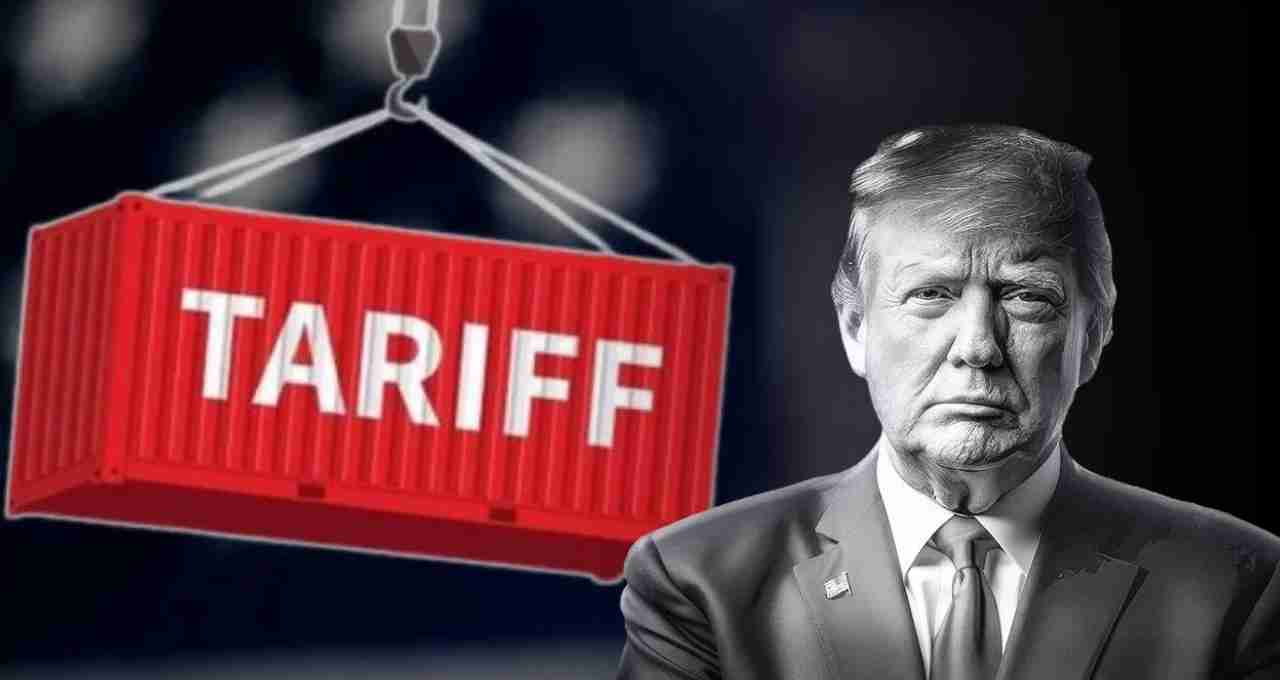
The Trump administration has imposed import duties of up to 50% on Indian products, increasing pressure on Indian exporters. In this context, experts believe that the SCO platform could be a ray of hope for India. Gaurav Goyal, CEO of Finocrate Technologies, stated that India will no longer wait for the US for concessions but will open new trade routes with neighboring and allied countries. China and Russia are also opening their economies further to India. This partnership is likely to create significant opportunities in sectors such as energy, infrastructure, and digital payments.
Combined GDP of the Three Countries
The combined GDP of India, China, and Russia is approximately $53.9 trillion, which is about one-third of the world's total economy. In terms of foreign exchange reserves, they hold reserves of $4.7 trillion, accounting for 38% of global reserves. In terms of population, the combined population of the three countries is 3.1 billion, representing about 38% of the world's total population.
This trio is also b militarily. These three countries alone account for one-fifth of the world's total defense spending. Their combined military budget is around $549 billion. Their share in energy consumption is also up to 35%.
Individual Strengths of the Three Countries
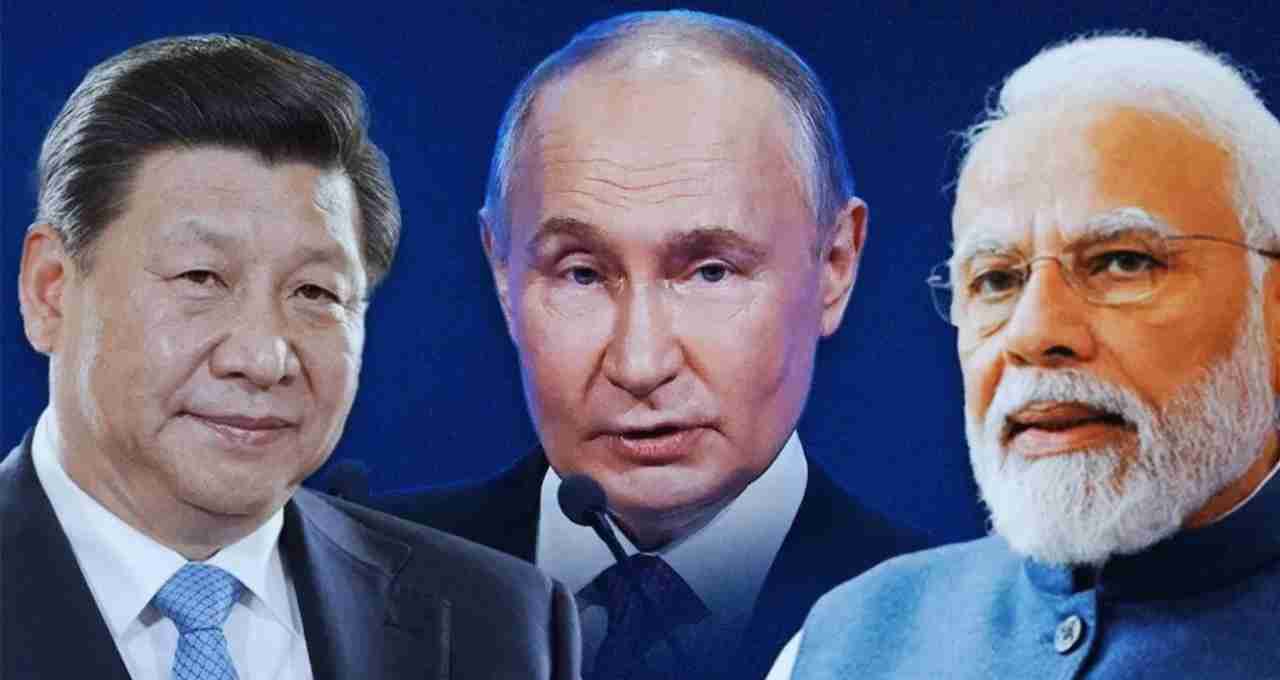
China is considered a global leader in manufacturing. Russia maintains its hold in the energy sector, and India is rapidly growing in the services sector. If the strengths of these three converge, the balance of global trade and investment could shift against the US. Experts believe this model will lead the world from a unipolar system towards a multipolar system.
Importance of the US for India
However, the US remains extremely important for India's economy. In 2024, India's exports to the US amounted to $77.5 billion. Total trade between India and the US reached $212.3 billion, an increase of about 8.3% from the previous year. This means the US is one of India's largest trading partners.
Challenges in Relations with China and Russia
Partnership with China and Russia is not easy for India. Border disputes with China and tensions over Pakistan persist. Furthermore, Russia's leaning towards China often requires India to maintain a balance. Despite this, the SCO summit has made it clear that India, China, and Russia are coming together to circumvent US tariff pressures.
